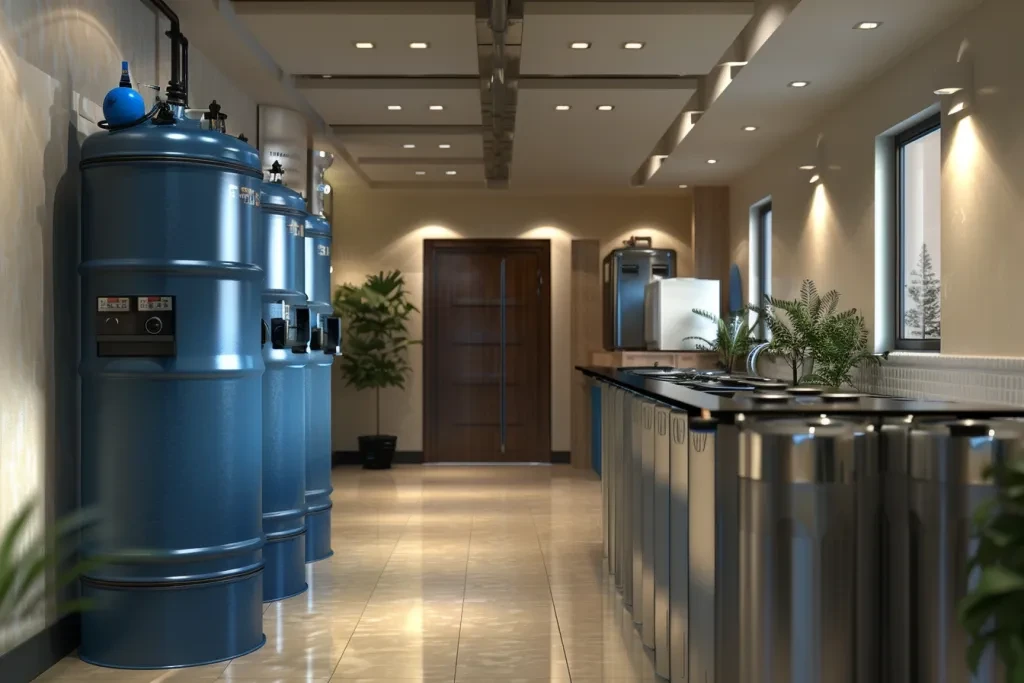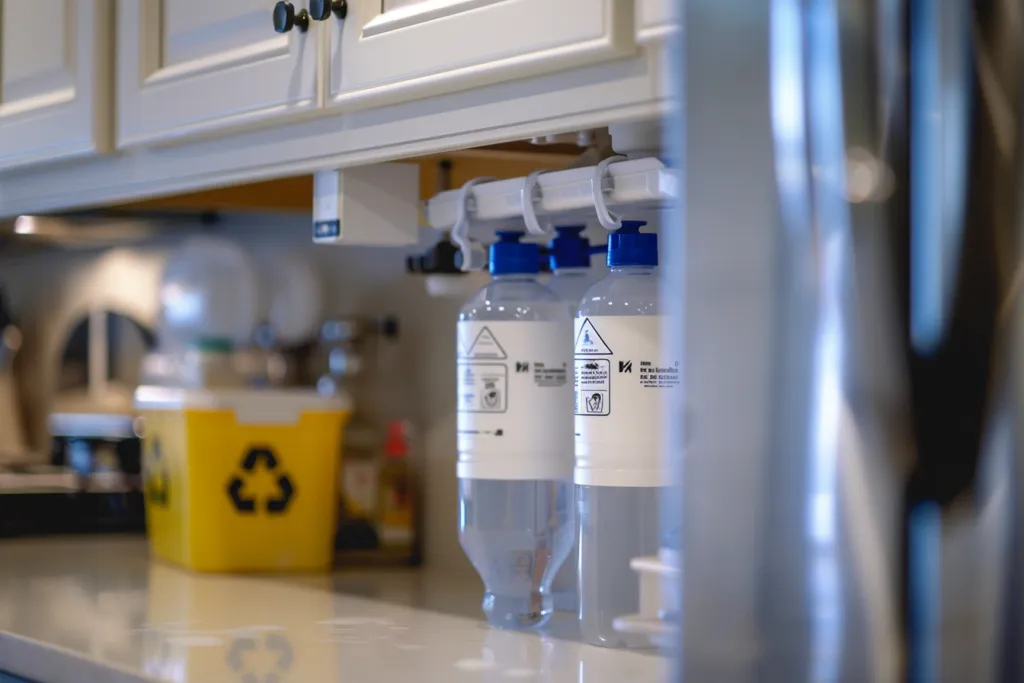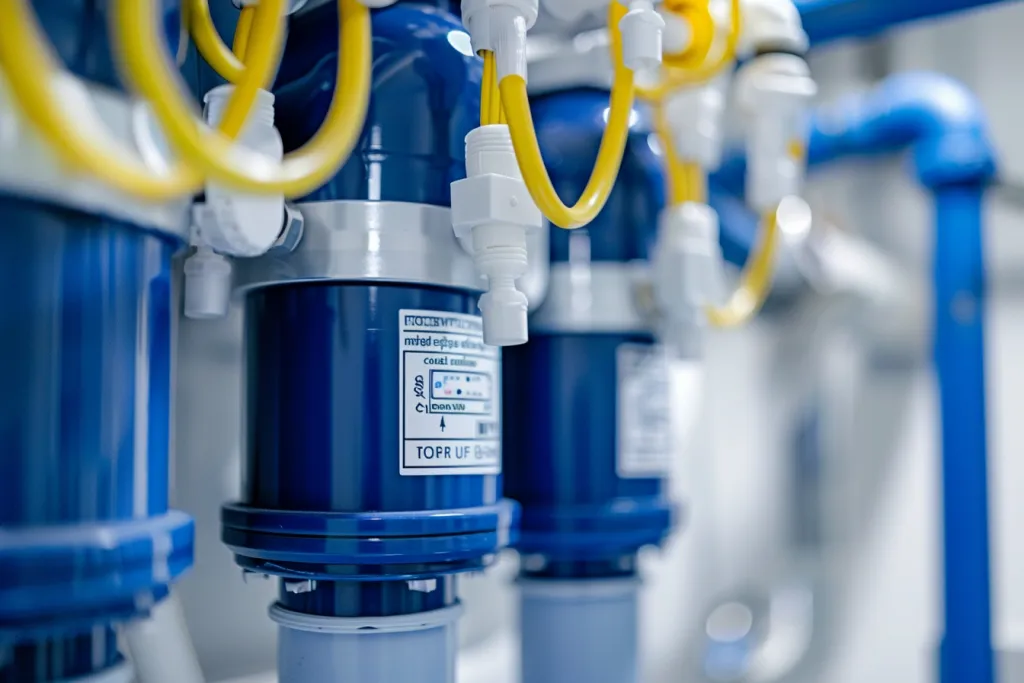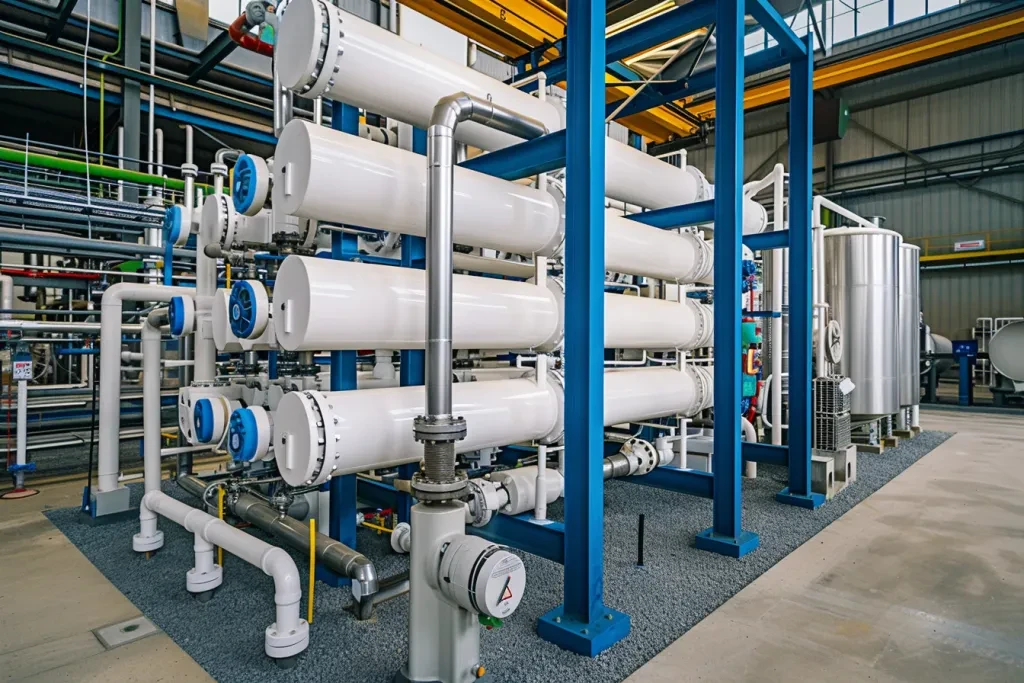In an era where water quality can no longer be taken for granted, reverse osmosis systems emerge as a beacon of purity and safety. This guide delves into the intricate workings, usage, costs, and top choices of reverse osmosis systems, ensuring you make an informed decision for your water purification needs.
Table of Contents:
– What is a reverse osmosis system?
– How do reverse osmosis systems work?
– How to use a reverse osmosis system
– How much does a reverse osmosis system cost?
– Top reverse osmosis systems
What is a reverse osmosis system?

Reverse osmosis (RO) systems are sophisticated water purification units designed to remove a vast array of contaminants from water by using a semi-permeable membrane. This technology is not just limited to desalination but extends to the removal of particles as small as ions from water, making it indispensable in various sectors including residential, commercial, and industrial. The essence of an RO system lies in its ability to provide water that is not just safe for consumption but also superior in taste and quality.
At the heart of every RO system is the RO membrane, a thin film composite layer that acts as the barrier against contaminants. Surrounding this core component are pre-filters and post-filters that work in harmony to protect the membrane and enhance water quality, respectively. The system’s design is a testament to the convergence of engineering and environmental science, aiming to meet the stringent water quality standards of today.
RO systems have evolved significantly over the years, with advancements in membrane technology and system efficiency leading the way. Today’s systems are more compact, energy-efficient, and capable of handling a wider range of contaminants than ever before. This evolution underscores the role of RO systems as a critical solution to the global challenge of ensuring access to clean water.
How do reverse osmosis systems work?

The operation of a reverse osmosis system is a marvel of modern science, utilizing principles of physics to strip water of impurities. The process begins with water being forced under pressure through the semi-permeable RO membrane. This membrane’s tiny pores allow water molecules to pass through while blocking larger molecules and ions, such as salts, bacteria, viruses, and chemicals.
The effectiveness of an RO system hinges on the differential pressure across the membrane. It is this pressure that compels the water through the membrane, leaving the contaminants behind. The rejected contaminants are then flushed away in a stream of waste water, often referred to as brine. This continuous flushing ensures the membrane remains efficient and extends its lifespan.
A critical component of the RO system is the pre-treatment process, which involves filtering the water through sediment and carbon filters before it reaches the RO membrane. This step is crucial for protecting the membrane from clogging and damage by larger particles and chlorine, thereby optimizing the system’s performance and durability.
How to use a reverse osmosis system

Using a reverse osmosis system is remarkably straightforward, thanks to the design and technology that have made these systems user-friendly and low maintenance. The first step is the installation, which might require professional assistance to ensure proper setup and connection to your water supply. Once installed, the system requires minimal interaction, automatically processing water as needed.
Maintenance is a key aspect of using an RO system effectively. Regularly changing the pre and post-filters according to the manufacturer’s recommendations is crucial for maintaining water quality and protecting the RO membrane. The membrane itself typically needs replacement every two to three years, depending on the water quality and usage.
Monitoring the system’s performance is also essential. Many modern RO systems come equipped with indicators or alarms that alert users to potential issues, such as filter changes or system malfunctions. Paying attention to these alerts and conducting periodic checks can ensure your RO system continues to provide high-quality water for years to come.
How much does a reverse osmosis system cost?

The cost of a reverse osmosis system can vary widely based on factors such as capacity, complexity, and brand. For residential systems, prices can range from under $200 for basic under-sink models to over $1,000 for advanced systems with additional features like UV purification or alkaline mineral restoration. It’s important to consider not just the initial purchase price but also the long-term costs associated with maintenance and filter replacements.
Commercial and industrial RO systems can run into thousands or even tens of thousands of dollars, reflecting their larger capacity, higher durability, and more sophisticated technology. These systems often require a significant upfront investment but can be cost-effective in the long run due to their efficiency and the critical role they play in operations.
When evaluating the cost of an RO system, it’s also worth considering the potential savings on bottled water and the health benefits of having access to pure, clean water. Investing in a high-quality RO system can be a wise decision for both your health and your wallet.
Top reverse osmosis systems

The market is filled with a variety of RO systems, each claiming to offer superior water purification. Among the top contenders are brands like Home Master, APEC, and iSpring, known for their reliability, efficiency, and excellent customer support. Home Master’s systems, for example, often feature innovative design elements like modular filters for easier maintenance and enhanced purification performance.
APEC’s RO systems are celebrated for their longevity and the use of high-quality components that ensure consistent water quality. Meanwhile, iSpring offers a range of affordable options that don’t compromise on performance, making clean water accessible to a wider audience.
When choosing an RO system, it’s crucial to consider factors such as the quality of your source water, the specific contaminants you need to remove, and the system’s capacity to meet your water consumption needs. Consulting with a water treatment professional can help you select a system that best fits your requirements.
Conclusion
Reverse osmosis systems represent a pinnacle of water purification technology, offering a reliable solution to the challenge of securing clean, safe water. Whether for home, business, or industrial use, these systems provide a defense against a wide array of contaminants, ensuring the water you consume is of the highest quality. With the information provided in this guide, you’re now equipped to make an informed decision on the right RO system for your needs, paving the way for a healthier, purer water supply.



